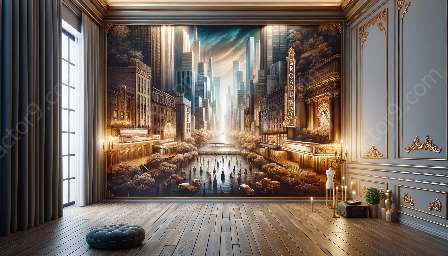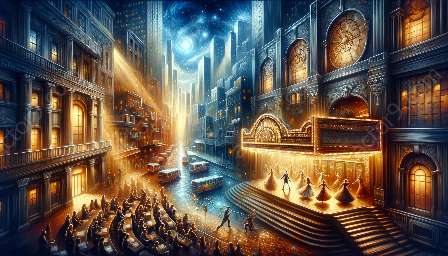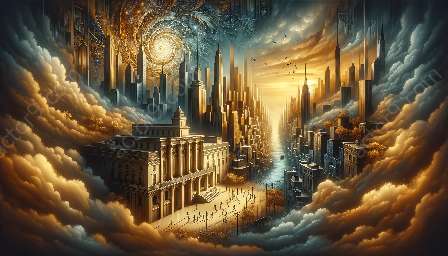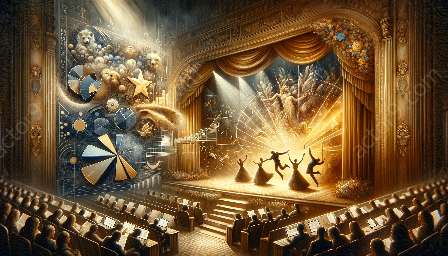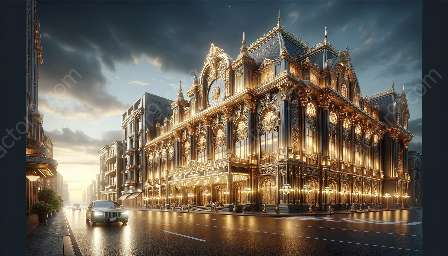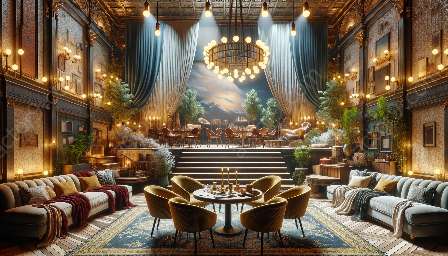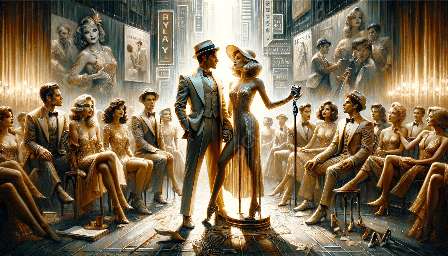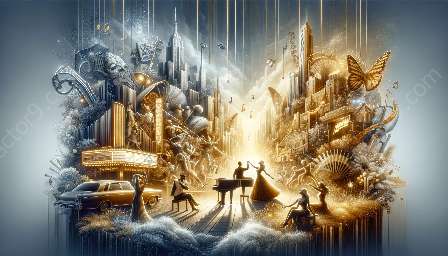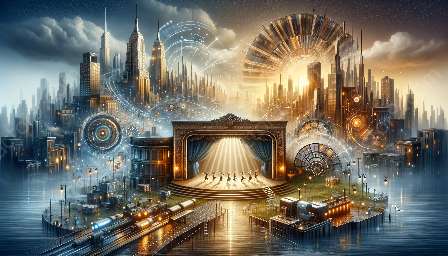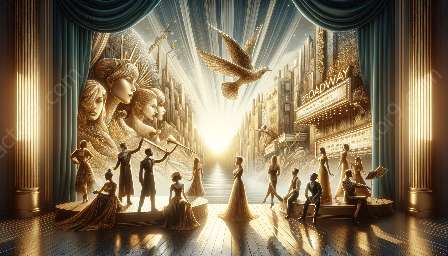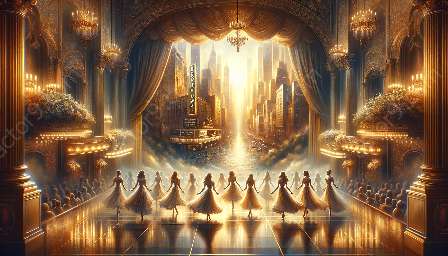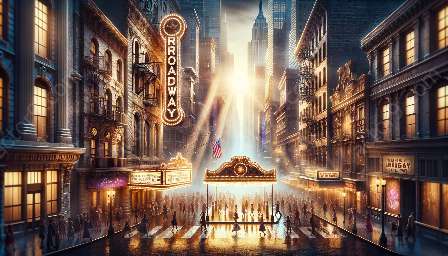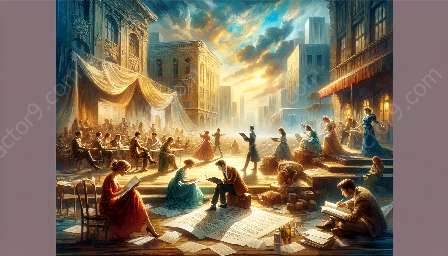Technological advancements such as virtual reality and augmented reality have significantly impacted the architectural concept of Broadway theatres. These technologies have revolutionized the way theatrical spaces are designed, experienced, and utilized, leading to a new era of innovation and creativity within the world of Broadway and musical theater.
The Role of Virtual Reality in Broadway Theatres
Virtual reality (VR) has emerged as a powerful tool for architects and designers in reimagining the spatial dynamics and immersive experiences of Broadway theatres. By creating virtual environments, VR technology enables stakeholders to visualize and walk through proposed designs, allowing for real-time adjustments and improvements before construction even begins.
Architects can leverage VR to test various seating arrangements, lighting schemes, and stage designs, ensuring optimal sightlines, acoustics, and audience engagement. This level of detailed simulation enhances the overall architectural planning process, resulting in more captivating and versatile theatre spaces.
Augmented Reality's Impact on Theatre Design
Augmented reality (AR) has also played a crucial role in transforming Broadway theatre architecture by merging virtual elements with the physical environment. Designers utilize AR to overlay digital renderings onto existing theatre spaces, allowing for interactive exploration and experimentation with different design elements.
AR technology enables architects to visualize the impact of specific design choices on audience experiences and visibility. Whether it's adjusting the height of stage platforms or experimenting with unconventional seating configurations, AR empowers designers to make informed decisions that enhance the overall theatre design and functionality.
Enhancing Audience Engagement and Immersion
Furthermore, these new technologies have redefined the way audiences interact with Broadway theatres. Through VR and AR experiences, patrons can preview upcoming productions, explore set designs, and even participate in interactive pre-show experiences, creating a sense of anticipation and connection to the theatrical narrative.
Architects and theatre professionals are utilizing these immersive technologies to create captivating pre-show experiences that engage and excite theatergoers, ultimately enhancing the overall entertainment value of Broadway productions.
Adapting to Changing Industry Trends
In the ever-evolving landscape of Broadway and musical theater, embracing new technologies has become essential for architects and theatre designers. The integration of VR and AR technologies into the architectural concept of Broadway theatres reflects a commitment to staying ahead of industry trends and meeting the expectations of modern audiences.
These technological advancements not only influence the physical design of theatre spaces but also contribute to the evolution of storytelling, production, and the overall theatrical experience, ensuring that Broadway remains at the forefront of innovation and creativity.
The Future of Broadway Theatres Architecture
As virtual reality and augmented reality continue to advance, their impact on Broadway theatres' architectural concepts will undoubtedly grow. Architects and designers will further explore the potential of these technologies to push the boundaries of theatrical design, creating immersive and dynamic spaces that elevate the art form and captivate audiences for generations to come.

